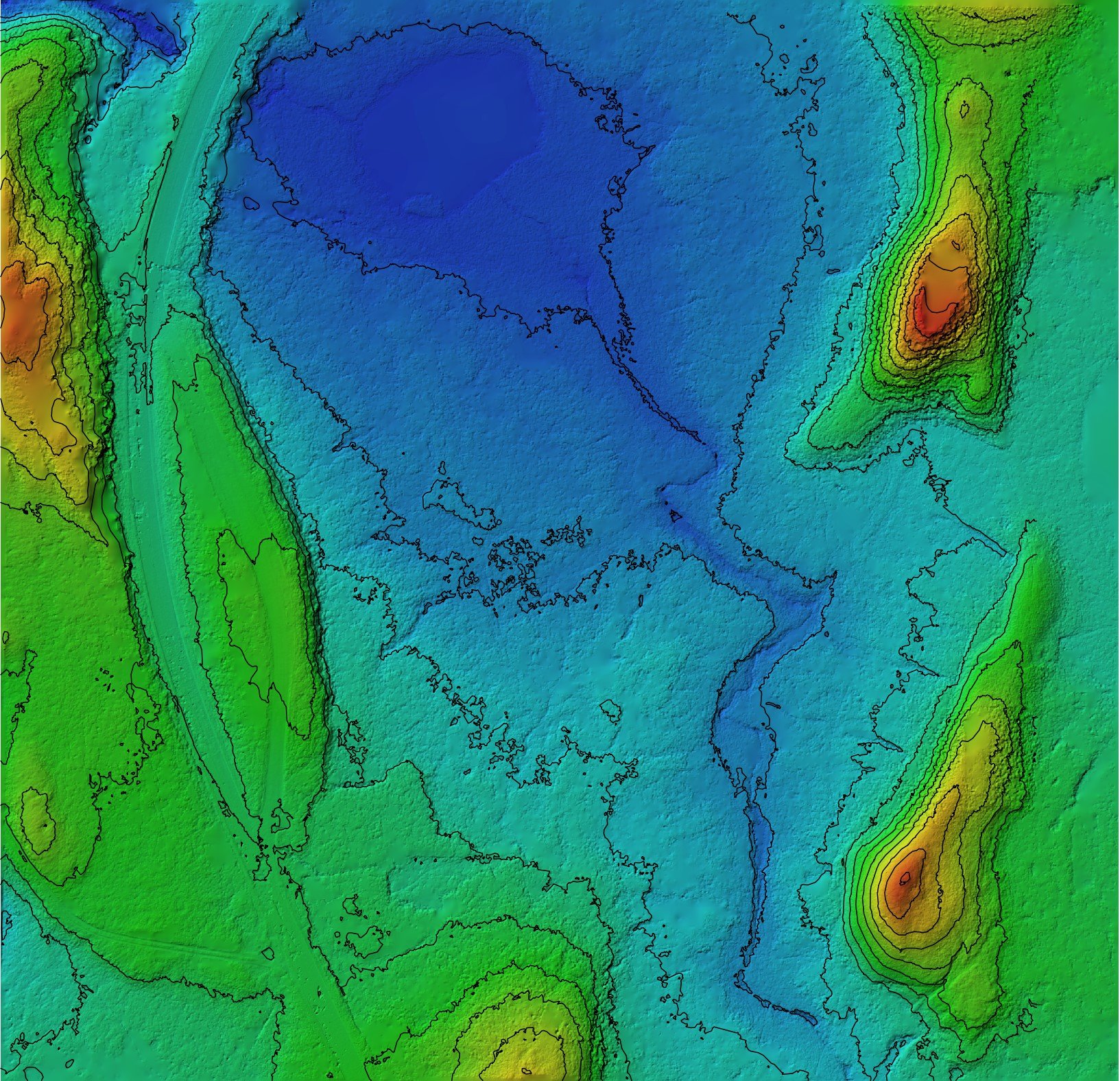Why Peatland Restoration is so important
Peatlands are a unique and important ecosystem, covering approximately 3% of the earth's surface and containing approximately 30% of the world's soil carbon. However, due to factors such as agriculture, forestry, and mining, peatlands have been severely degraded, leading to negative impacts on the environment and climate change. Restoration of degraded peatlands is essential to mitigate these impacts and ensure the continued functioning of this ecosystem.
Peatland restoration is important for several reasons:
Climate Change Mitigation: Peatlands are important carbon sinks, meaning they absorb and store carbon from the atmosphere. Peatlands store more carbon per unit area than any other terrestrial ecosystem, including forests. When peatlands are damaged or degraded, they can release carbon dioxide and other greenhouse gases into the atmosphere, contributing to climate change. By restoring peatlands, we can increase their ability to absorb and store carbon, helping to mitigate the effects of climate change.
Biodiversity: Peatlands are important habitats for a wide variety of plant and animal species, including some that are endangered or threatened. When peatlands are damaged or degraded, these species can lose their homes and may even become extinct. By restoring peatlands, we can help to protect and enhance biodiversity.
Water Management: Peatlands are important for water management, acting like sponges to absorb and store water during periods of heavy rain or flooding, and releasing it slowly during dry periods. This can help to reduce the risk of flooding downstream and maintain water supplies for people and wildlife.
Cultural Significance: Peatlands have cultural significance for many communities around the world, providing important resources such as fuel, medicine, and food. Peatlands also have spiritual and cultural significance for some indigenous communities.
Overall, restoring peatlands can have significant benefits for the environment, biodiversity, water management, and cultural heritage. It can also help to mitigate climate change by reducing greenhouse gas emissions and increasing carbon sequestration.
The use of drones for peatland restoration has emerged as a promising approach to help in the restoration process.
One of the main challenges in peatland restoration is the need for accurate and up-to-date mapping of the area. Traditional mapping techniques are often labour-intensive, time-consuming, and costly, making it difficult to obtain accurate information on the extent and severity of peatland degradation. Drones, however, offer a faster, cheaper, and more accurate solution to mapping peatlands.
Using drones for peatland restoration has several benefits, including:
Aerial Surveying: Drones can be equipped with high-resolution cameras and sensors to create detailed maps of peatland areas. This information can be used to identify areas of damage, monitor progress, and plan restoration efforts.
Time and Cost Effective: Traditional methods of surveying and mapping peatlands can be time-consuming and costly. Drones are a more efficient and cost-effective way to survey large areas of land.
Precision: Drones can fly at low altitudes and capture high-resolution images, allowing for precise mapping and analysis of peatland areas. This helps to identify the specific areas that need restoration and ensure that resources are used effectively.
Accessibility: Peatlands are often remote and difficult to access, making it challenging to monitor and restore them. Drones can access these areas easily and safely, allowing for more comprehensive monitoring and restoration efforts.
Environmental Impact: Drones are a more environmentally friendly option for peatland restoration than traditional methods. They produce fewer emissions and disturbances to wildlife and vegetation.
Overall, the use of drones in peatland restoration has the potential to significantly improve the efficiency, accuracy, and cost-effectiveness of restoration activities. By providing detailed mapping information, monitoring restoration activities, delivering materials and equipment, and applying herbicides to invasive plant species, drones can help to ensure the successful restoration of degraded peatlands. However, there are also potential drawbacks and challenges to consider when using drones in peatland restoration.
Professional aerial imaging companies can provide high-quality and detailed imagery of peatland areas, which is essential for identifying areas of damage and planning restoration efforts. PB Aerial Imaging, has extensive experience in using drones for surveying and mapping, and we have the expertise and technology to deliver accurate and reliable data.
In addition, PB Aerial Imaging can save time and resources by providing efficient and cost-effective aerial surveys. They can also provide expert analysis and interpretation of the data they collect, helping to guide decision-making for restoration efforts.
Finally, using a professional company for aerial imaging ensures that the survey is conducted safely and in compliance with local regulations. This helps to minimize risks and ensure the success of restoration efforts.
Overall, working with a professional aerial imaging company like PB Aerial Imaging can provide significant benefits for peatland restoration projects, including high-quality data, efficiency, expertise, and safety.



